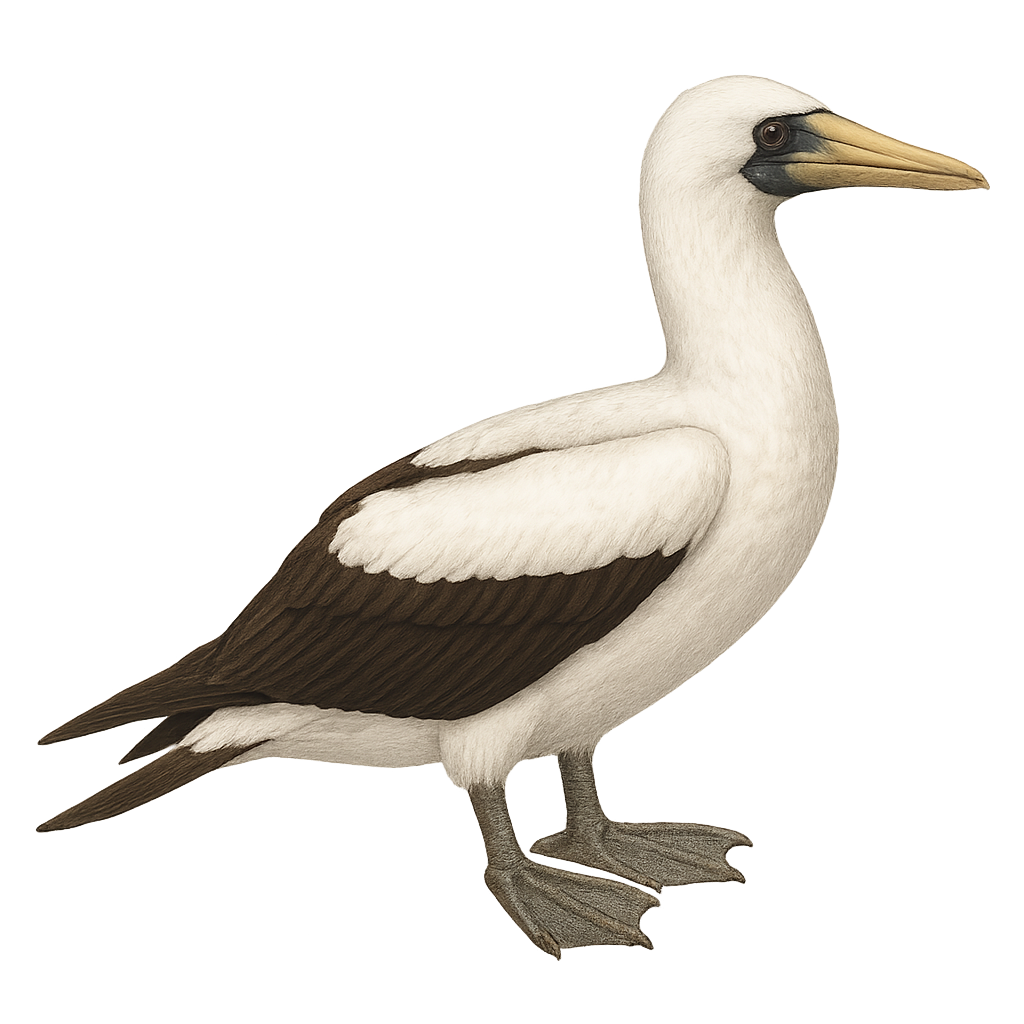Your wildlife photography guide.
Explore the masked booby in detail, study its behavior, prepare your shots.
Where to observe and photograph the masked booby in the wild
Learn where and when to spot the masked booby in the wild, how to identify the species based on distinctive features, and what natural environments it inhabits. The WildlifePhotographer app offers tailored photography tips that reflect the masked booby’s behavior, helping you capture better wildlife images. Explore the full species profile for key information including description, habitat, active periods, and approach techniques.
Masked Booby
Scientific name: Sula dactylatra

IUCN Status: Least Concern
Family: SULIDAE
Group: Birds
Sensitivity to human approach: Suspicious
Minimum approach distance: 10 m
Courtship display: March to May
Incubation: 42-45 jours
Hatchings: April to June
Habitat:
Tropical islands, rocky coasts, oceans
Activity period :
Primarily active during the day, with peak activity in the morning and late afternoon.
Identification and description:
The Sula dactylatra, commonly known as the Masked Booby, is a large seabird recognized for its striking white plumage and distinctive black facial mask. Its long, slender wings allow it to glide over vast ocean expanses. It primarily feeds on fish and squid, which it catches by diving from the air. Often seen in colonies on tropical and subtropical islands, it nests on the ground. The Masked Booby is an adept diver, capable of plunging to impressive depths to catch its prey. Despite its name, it is its relatives, the Blue-footed Boobies, that have the colorful feet.
Recommended lens:
400 mm – adjust based on distance, desired framing (portrait or habitat), and approach conditions.
Photography tips:
To photograph the Masked Booby, aim for early morning or late afternoon to take advantage of soft lighting. Use a telephoto lens of at least 400mm to capture details without disturbing the bird. Be patient and discreet, maintaining a safe distance of at least 10 m. Observe its diving behaviors to anticipate its movements and capture dynamic shots. If possible, include elements of its natural habitat, such as waves or rocks, to enhance the composition of your photos.
The WildlifePhotographer App is coming soon!
Be the first to explore the best nature spots, track rutting seasons, log your observations, and observe more wildlife.
Already 1 430 wildlife lovers subscribed worldwide

